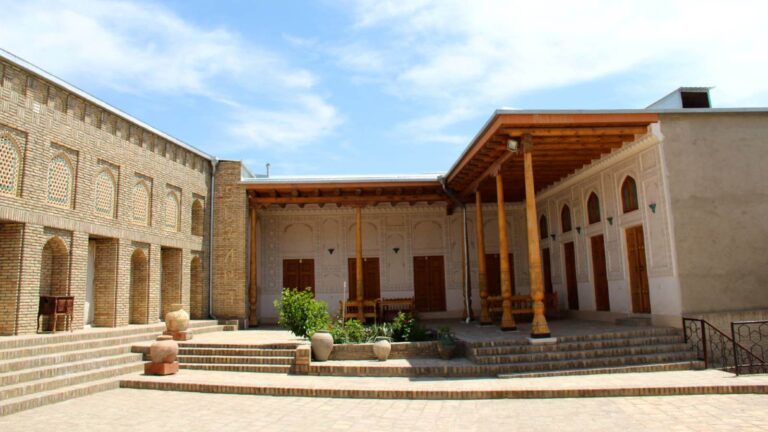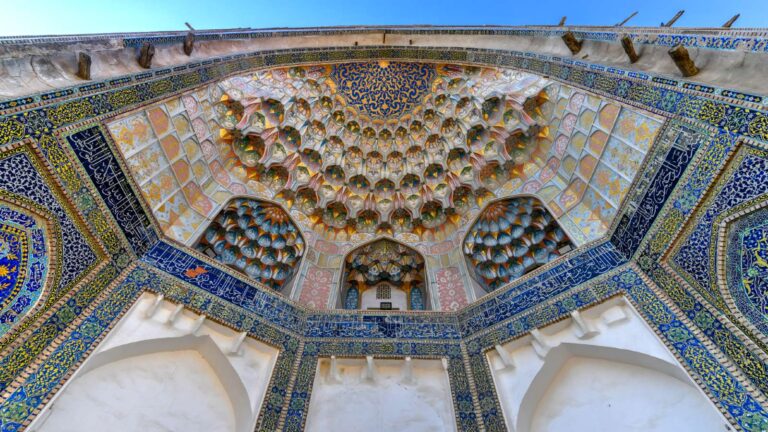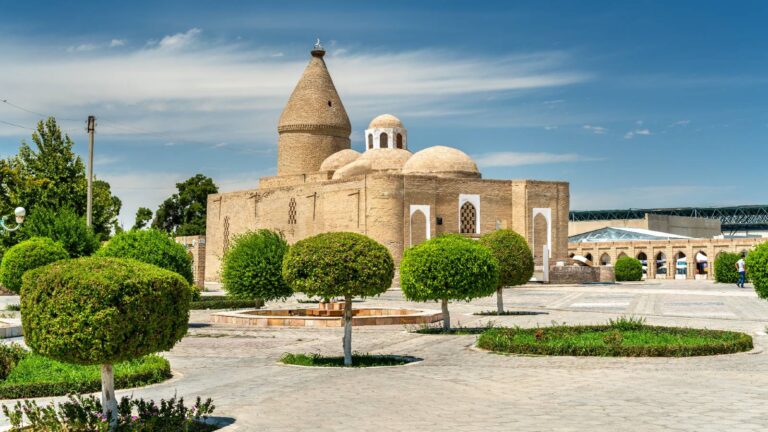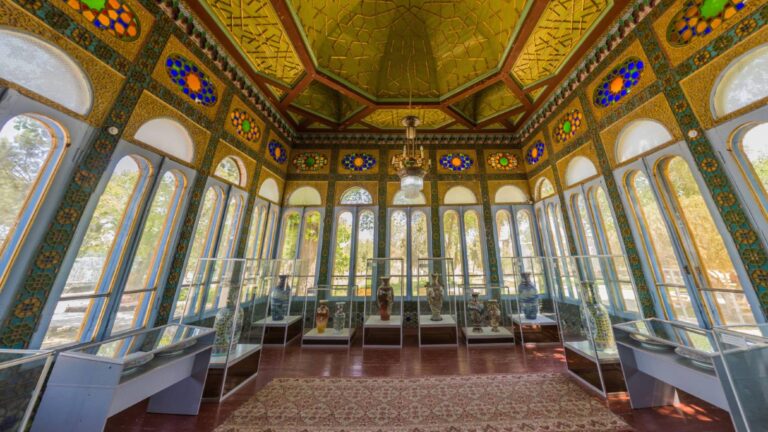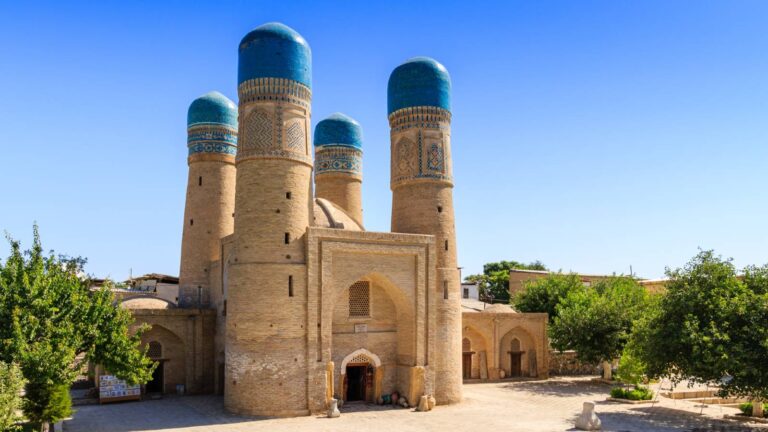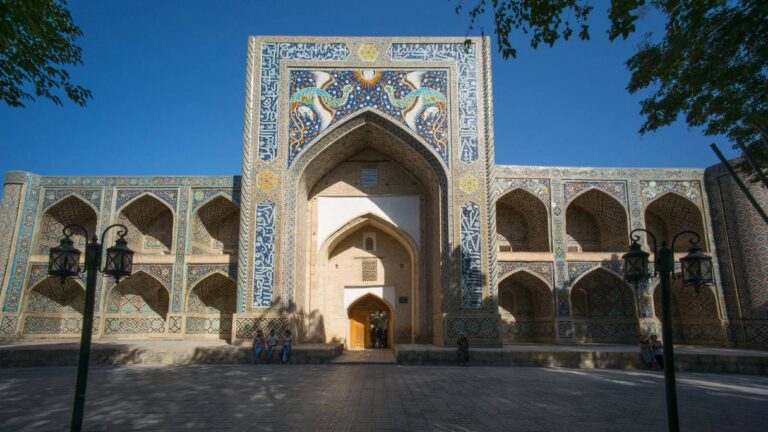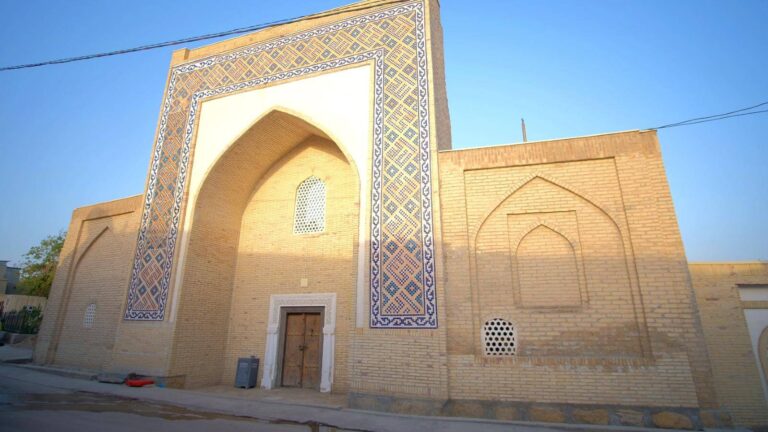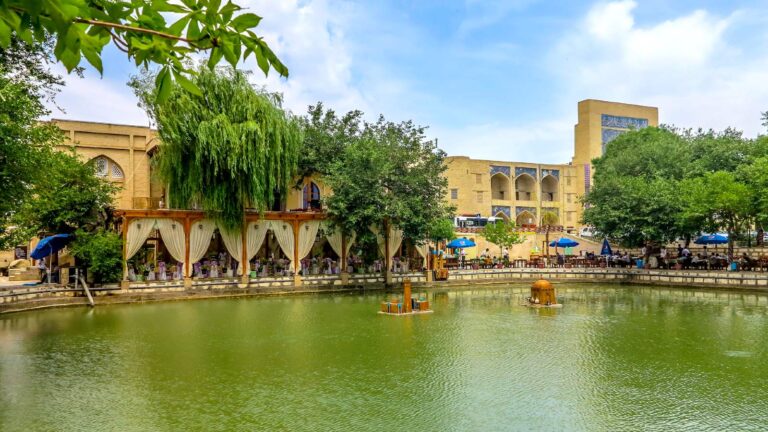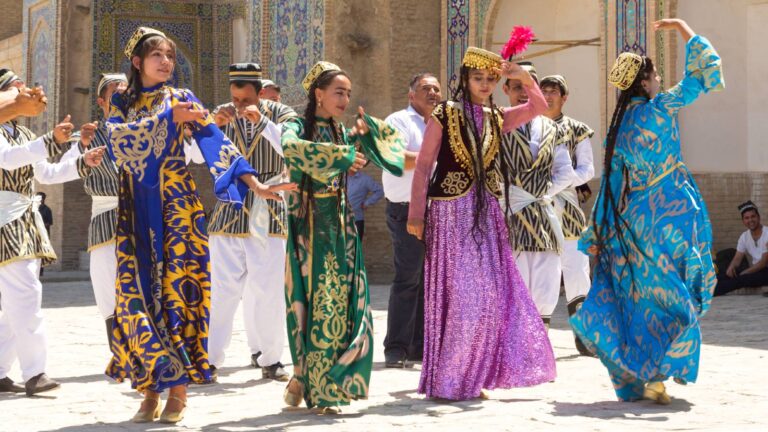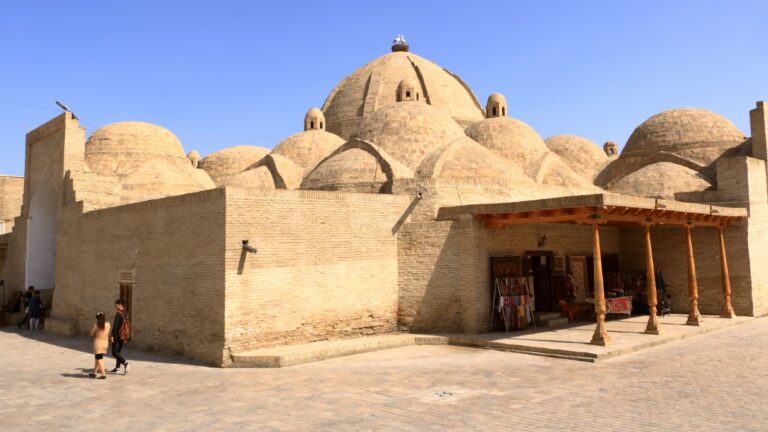Getting There
Bukhara zindan is located in the historical center of Bukhara, in the northwestern corner of Shakhristan, on the territory of the ancient mahalla Khoja Nizamiddin Bolo, a hundred meters north-east of the Ark fortress. Zindan is built mainly of ceramic bricks, surrounded by high walls, which are adjacent to the buildings of the zindan, and resembles a kind of fortress or fortification. The entrance to the zindan was through a large wooden gate.
Opening hours for visiting: Open everyday (24 hours a day) except Sundays.
What to Expect
Bukhara zindan is located in the historical center of Bukhara, in the northwestern corner of Shakhristan, on the territory of the ancient mahalla Khoja Nizamiddin Bolo, a hundred meters north-east of the Ark fortress. Zindan is built mainly of ceramic bricks, surrounded by high walls, which are adjacent to the buildings of the zindan, and resembles a kind of fortress or fortification. The entrance to the zindan was through a large wooden gate.
History
Zindan is divided into two parts: zindani bolo – upper zindan and zindani poyon – lower zindan. The first part consists of several courtyards with rooms for prisoners. The prisoners of this part of the zindan were taken out of the dungeon once or twice a month, chained to the square. They usually walked barefoot, regardless of the weather. The second part consists of a deep hole, 5 meters in diameter and 6.5 meters deep, criminals descended to its bottom on ropes, as well as food was transferred to them in the same way. The imprisonment of prisoners or those convicted of serious crimes in a deep pit was used in many Muslim countries of that period. One special large cell was intended for political prisoners and high-ranking officials of the khanate, who for one reason or another ended up in the zindan. Most often, rebels, murderers, robbers, thieves, debtors, rapists (if the death penalty was not applied to them), sentenced to death (most often decapitation was used) and awaiting execution, if it was not committed immediately after the sentence, fell into the zindan. as well as suspects awaiting sentencing.
Zindan in terms of the conditions of detention of prisoners was no different from the rest of the zindans of that period. The prisoners were in the zindan in inhuman conditions, some of the prisoners did not know for how long they were imprisoned. Everything depended on their behavior, as well as outside help from relatives or friends of the prisoner, who could bribe the Kazi (if he could be bribed), the head of the zindan, or achieve a mitigation of the sentence by giving them gifts, monetary reward, covering the damage caused or providing a special characteristics from elders or similar personalities who were familiar with the prisoner. In winter, spring and autumn, the zindans were not heated, but capable prisoners could make a fire themselves and cook food. The food in the zindan was very meager, and most often the prisoners were fed with stale flat cakes and watered with plain water from a ditch or a khauz. Sometimes the premises of the zindans were overcrowded above the norm due to the large number of prisoners, and sometimes some of the prisoners were forced to stay in the open air in chains.
Bukhara zindan, along with other architectural, archaeological, religious and cultural monuments of Bukhara, is included in the UNESCO World Heritage List under the name – “Historical Center of Bukhara”.
Facilities Available
Today, Zindan has several rooms with dummies depicting prisoners and a torture chamber with instruments of torture. The exposition of the museum provides information about court cases in the Bukhara Emirate in the 19th – early 20th centuries.
On the territory of the prison there is the grave of the holy prisoners “Kuchkar-Ata” (VIII century). Behind the Ark fortress (from the north-east) there is a building of a medieval prison – “zindan”.
This tall fortress-like structure houses a museum today. In the past, the prison consisted of two parts. In the first, inmates were held in cells located in several courtyards.
In the second, the criminals were in deep pits, where they were lowered on ropes. This is where the name “zindan” originated, which translated from Persian means “subway, darkness”.

